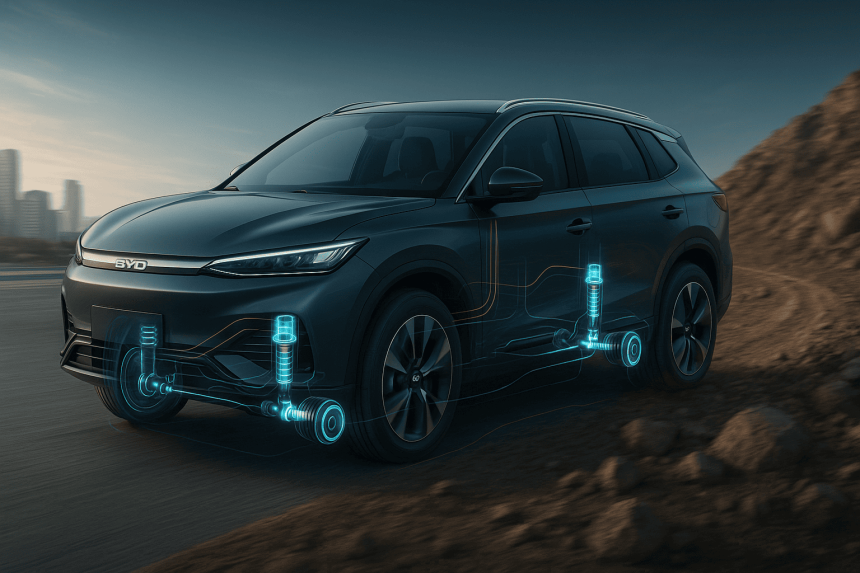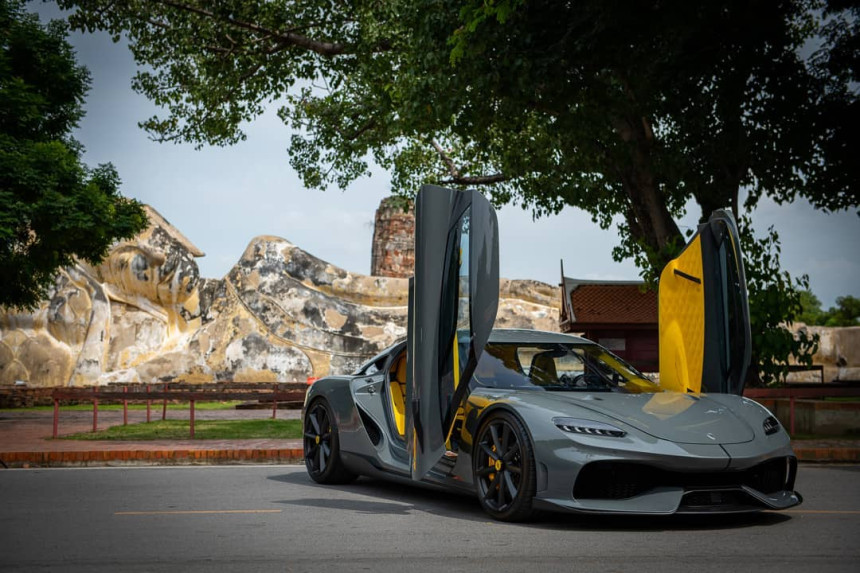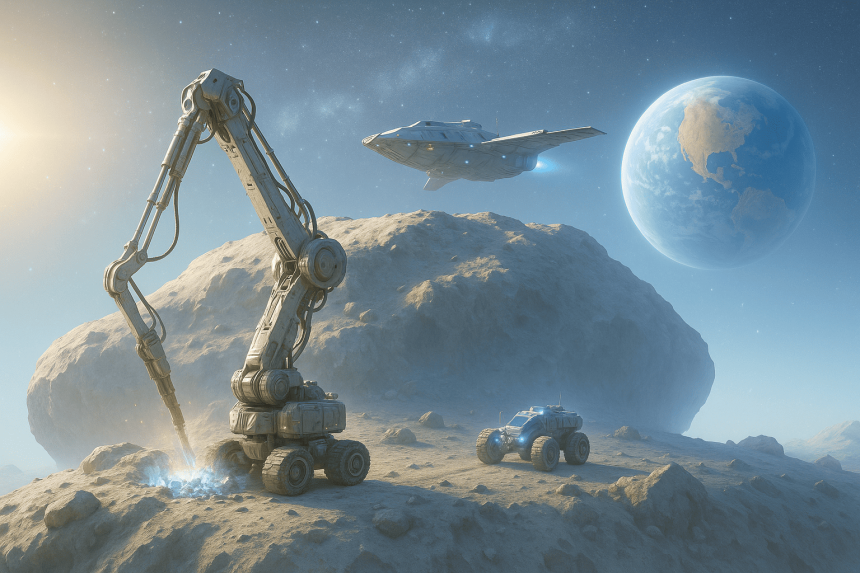
BYD DiSus Suspension: Engineering Excellence in Modern Automotive Dynamics
BYD, the Chinese automotive giant renowned for its innovations in electric vehicles, has recently introduced an advanced suspension system known as DiSus Suspension. Standing for “Distributed Suspension”, this technology represents a leap forward in vehicle dynamics, comfort, and control. In this article, we will explore the engineering principles behind BYD’s DiSus system, dissect its design concepts, and present expert analyses that highlight its unique advantages and challenges.
Disclaimer: This Article/Content has been generated or modified using Artificial Intelligence Tools.
Understanding Suspension Systems: The Basics
Before delving into DiSus, it’s essential to grasp the fundamentals of automotive suspension:
- Purpose: To absorb shocks from the road, maintain tire contact, and ensure vehicle stability.
- Types: Conventional systems include MacPherson struts, multi-link suspensions, and leaf springs.
- Parameters: Key suspension parameters include spring rates, damping coefficients, geometry, and kinematics that affect ride comfort and handling.
What is BYD DiSus Suspension?
BYD’s DiSus Suspension is a distributed, electronically controlled adaptive suspension system designed to optimize ride quality and handling dynamically based on real-time driving conditions.
Core Features
- Distributed Architecture: Unlike traditional suspension setups, DiSus uses multiple actuators and sensors distributed at each wheel. This networked approach allows each corner of the vehicle to adjust independently.
- Adaptive Control: The system dynamically varies damping and spring stiffness based on sensor inputs — including road roughness, vehicle speed, steering angle, and load distribution.
- Electromechanical Actuation: Instead of relying solely on hydraulic dampers, DiSus employs electromechanical actuators to adjust suspension parameters faster and more precisely.
Engineering Concepts Behind DiSus
1. Active Suspension Control
DiSus integrates active suspension principles by continuously monitoring wheel and chassis movement. This real-time data feeds into an onboard control unit, which uses sophisticated algorithms — often based on Model Predictive Control (MPC) or fuzzy logic — to calculate optimal damping and spring forces.
2. Independent Wheel Adjustment
Each wheel’s suspension can be modulated independently, allowing the system to counteract body roll, pitch, and heave effectively. For instance, during cornering, outer wheels can be stiffened while inner wheels softened to reduce lateral body roll and maintain tire contact.
3. Electromechanical vs. Hydraulic Systems
Traditional suspensions use hydraulic dampers that have slower response times and less precision. DiSus uses electromechanical actuators, which provide:
- Faster Response: Milliseconds reaction time to road changes.
- Greater Precision: Fine-tuned force application.
- Energy Efficiency: Lower power consumption by activating only when needed.
4. Sensor Fusion and AI Integration
DiSus employs a fusion of accelerometers, gyroscopes, wheel speed sensors, and even cameras in some advanced models. These inputs feed AI-driven models that predict road conditions ahead and pre-adjust suspension settings accordingly.
Unique Insights and Advantages
Improved Ride Comfort and Safety
The distributed nature allows DiSus to isolate vibrations and shocks more effectively than conventional systems, enhancing passenger comfort without compromising handling. The active control minimizes oscillations post-impact, reducing fatigue during long drives.
Enhanced Handling and Stability
Expert evaluations highlight DiSus’s ability to reduce body roll by up to 40% compared to standard multi-link suspensions. This improvement translates into higher cornering speeds and increased driver confidence.
Energy Recuperation Potential
One unique insight from automotive engineers is DiSus’s potential synergy with energy recovery systems. Electromechanical actuators can be designed to recuperate energy during suspension compression, feeding it back into the battery — a crucial advantage for electric vehicles.
Expert Opinions
Dr. Wei Zhang, Automotive Dynamics Specialist:
"BYD’s DiSus Suspension embodies the future of adaptive vehicle dynamics. The distributed, sensor-rich approach allows unprecedented real-time tuning, which is vital for electric vehicles needing precise energy management and ride quality."
Prof. Maria Gonzales, Vehicle Systems Engineering:
"The integration of electromechanical actuators marks a critical shift. While complex, it provides a platform for more intelligent, predictive suspensions. The challenge lies in balancing cost and system reliability, but BYD is setting a new benchmark."
Challenges and Considerations
- Complexity and Cost: The distributed electromechanical system is more complex and costly than traditional hydraulic suspensions, potentially impacting vehicle price.
- Reliability and Maintenance: More moving parts and electronics may increase maintenance demands, requiring robust diagnostics and service infrastructure.
- Software Dependency: High dependence on software algorithms necessitates continual updates and cybersecurity measures.
Future Outlook
BYD’s DiSus Suspension is a harbinger of fully integrated vehicle control systems where suspension, steering, and powertrain act in concert. As AI and sensor technology evolve, future iterations could enable self-healing suspensions and enhanced interaction with autonomous driving systems.
Conclusion
BYD’s DiSus Suspension showcases cutting-edge engineering by combining distributed sensing, electromechanical actuation, and adaptive control algorithms to elevate ride comfort, handling, and efficiency. While challenges remain, this technology paves the way for next-generation electric vehicles with superior dynamics and energy-smart systems.

Olectra iX: A Transcendent Experience – The Luxury EV Buses in Goa Tha...
In a remarkable shift towards a more sustainable, luxurious, and people-centric future, Go...



